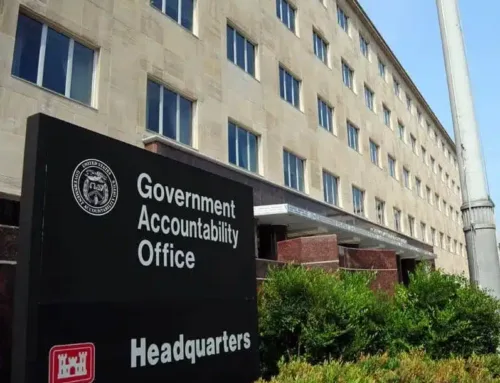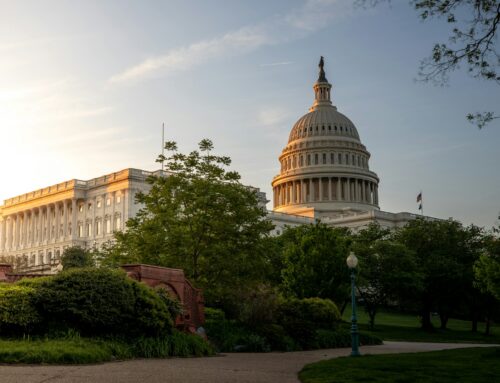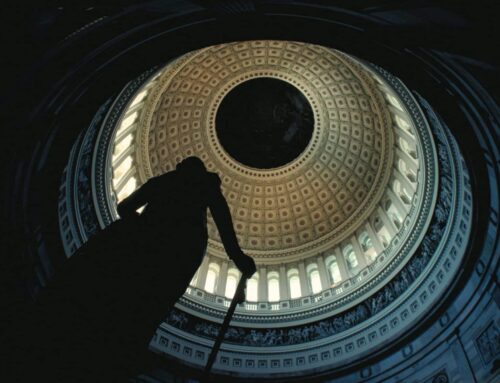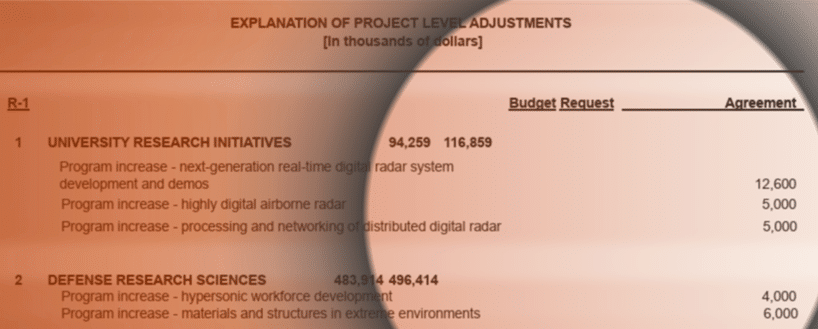On November 1, 2023, the U.S. Senate Committee on Environment and Public Works held a hearing entitled “The Science of Extreme Event Attribution: How Climate Change Is Fueling Severe Weather Events.”
Extreme event attribution examines how extreme weather events – such as heat waves, hurricanes, floods, and wildfires – are made worse by climate change. More specifically, the science seeks to understand how climate change has affected both the severity of an event of a particular frequency (e.g. severity of a 1 in a 100 year flood) and the frequency of an event of a particular severity (e.g. how often a flood that severe occurs).
Hearing witnesses included Dr. Michael Wehner, a senior scientist within the Applied Mathematics and computational research division at the U.S. Department of Energy Lawrence Berkeley National Lab; Dr. Jennifer Jurado, Chief Resilience Officer and Deputy Department Director for Broward County, Florida; and Paul Dabbar, former undersecretary for science at the U.S. Department of Energy.
Witnesses and committee members agreed that human-caused climate change is increasing the frequency of extreme weather events. While climate change did not create extreme weather events, it is making them more frequent, destructive, and costly. As Chairman Carper (D-DE) said in his opening remarks, understanding climate change’s impact on extreme weather events is an important taxpayer issue because we live through, clean up from, and pay for extreme weather disasters.
Taxpayers are already paying for the massive costs of climate change. Over the last five years, taxpayers have shouldered an average annual cost of approximately $62 billion, solely dedicated to various programs aimed at combating and mitigating the impacts of climate change. That price tag is an increase of 35% over the previous five-year average. And climate related costs are expected to continue to rise in the future. Improving our understanding of extreme event attribution can help create more resilient communities, save lives, and enable policymakers to use taxpayer dollars more wisely.
Dr. Wehner testified on how climate change has affected recent natural disasters and extreme weather events, including increasing the rainfall during Hurricane Harvey by about 20%. This increased rainfall caused the flooded area to increase by 14%, leading to an increase in the number of flooded homes in Harris County by roughly 32%. Dr. Wehner estimated that global warming – driven in part by anthropogenic sources – is responsible for $50 billion in damages during Hurricane Harvey, roughly a third of the total estimated damages according to the National Oceanic and Atmospheric Administration (NOAA). Dr. Wehner’s testimony also highlighted that the damages from climate change are not equally distributed across socioeconomic groups. For example, half of the homes flooded during Hurricane Harvey were in low-income Hispanic neighborhoods.
Dr. Jurado highlighted the economic risks associated with climate change and the benefits of early and effective adaptation strategies, particularly in the context of Broward County, Florida. Dr. Jurado pointed out that, without action, the county could face average annual flood damages of $5 billion by 2070. Increasing flood risk, coupled with risk-reflective pricing, could double the cost of the average single-family home flood insurance premium in Broward County under the National Flood Insurance Program, the primary source of flood insurance in the United States. This could also decrease the percentage of single-family homes that own flood insurance by more than 70%, lowering the total percentage of homes with flood insurance in Broward County to just 6%. As flood insurance coverage decreases where risk increases, annual uncovered damage could rise to $1.5 billion by 2050, and $3.4 billion by 2070.
However, the testimony also emphasized the potential benefits of early and effective adaptation strategies. Broward County Florida has used extreme event attribution science to better prepare for future disasters, including by incorporating sea level rise and rainfall predictions into updated drainage systems, sea walls, and building designs. The county is also a partner in developing a priority climate action plan supported by the Inflation Reduction Act and EPA’s Climate Pollution Reduction Grant. The region has been allocated $4.3 billion in implementation funds and is focused on achieving energy efficiency and related cost-saving for residents in multi-family housing.
Paul Dabbar’s testimony focused on actions policymakers can take to support innovation that can reduce greenhouse gas (GHG) emissions and create more resilient communities. Mr. Dabbar believes that “while we certainly need to understand the drivers of climate change, we should focus on solutions.” He provided examples of recent innovations, such as Form Energy’s iron-air battery, X-energy’s work in nuclear fission, and Montana Technology’s energy-efficient HVAC system. Dabbar cautioned against regulators predetermining winning energy technologies and advocated for technology-neutral policies. He underscored the importance of balancing energy availability, cost, emissions reduction, and national security in energy policy. Dabbar concluded by emphasizing America’s role as the global energy superpower and the need to focus on innovative solutions for climate challenges.
The hearing discussion also highlighted the importance of sharing information about climate change with the public. Dr. Wehner emphasized that “the public demand for information about how climate change affects them personally is very high.” American taxpayers have an interest in not only understanding how climate change impacts them, but also how federal dollars are used to support programs that mitigate against contribute to or these harms.
Taxpayers for Common Sense (TCS) supports efforts to increase taxpayers, policymakers, and watchdog organizations’ ability to track companies’ contributions to climate change. This includes the Securities Exchange Commission (SEC) proposed rule change that would require companies to report on climate-related risks, climate-related goals or targets, and GHG emissions. In our comments, TCS underscored that new disclosure requirements may lead to an increased public understanding of the effects of climate change and, ideally, help protect taxpayers from shouldering the costs of climate change created by polluting industries.
The federal government’s purchasing decisions can also help reduce the risks and impacts of climate change. The Federal Acquisition Regulation (FAR) Council recently proposed a new rule that would require certain federal contractors disclose GHG emissions, financial risks related to climate, and set science-based emission reduction targets. TCS commented on the rule and highlighted that that the inclusion of climate-disclosures and climate-protection incentives in acquisition standards can help the public’s understanding of rising costs and mitigate future extreme weather events.
For more information on the taxpayer costs of climate change, see our recent report Paying the Price: Taxpayers Footing the Bill for Increasing Costs of Climate Change










Get Social